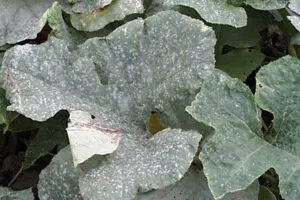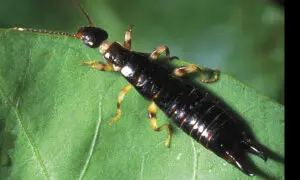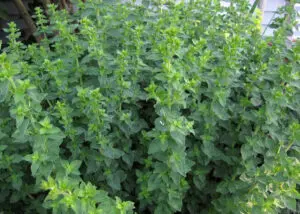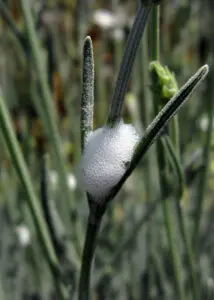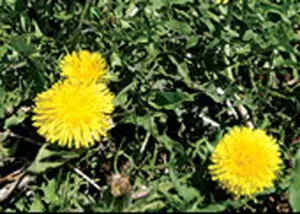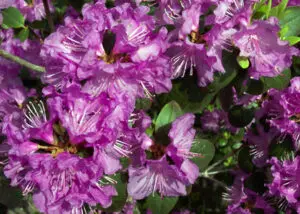Archive for June 2009
Powdery Mildew: What It Looks Like and How to Fight It
Powdery mildew fungus is a common disease that can be found on squashes, roses, dahlias, cucumbers, pumpkins, azaleas, dogwoods and many more plants.
Read MoreHow to Manage Earwigs in June: Garden Pest Tips and Traps
Earwigs are nocturnal pests that tend to hide in moist, cool shady spots during the day.
Read MoreEasy Tips for Growing Herbs Indoors or Outdoors
Growing herbs indoors or outdoors is one of the most economical benefits of having a garden.
Read MoreWhite foam on plants?
If you’ve noticed frothy white foam on your plants around this time of year, it’s a sure sign of spittle bugs.
Read MoreNatural Weed Control Tips for a Healthy Garden
Hand pull weeds when they’re young and don’t allow them to go to seed.
Read MoreHow to Sheet Mulch Your Lawn for a Healthier Garden
A quick way to get rid of lawn is to rent a sod-cutter, cut up the sod and haul it away. But this can get expensive, especially if you have a large-sized lawn. Sheet mulching is a cheaper alternative though it requires more time and patience.
Read MoreJune Garden Checklist: What to Plant, Water, and Watch This Month
Pulling weeds is the top chore for gardening in the month of June.
Read More
